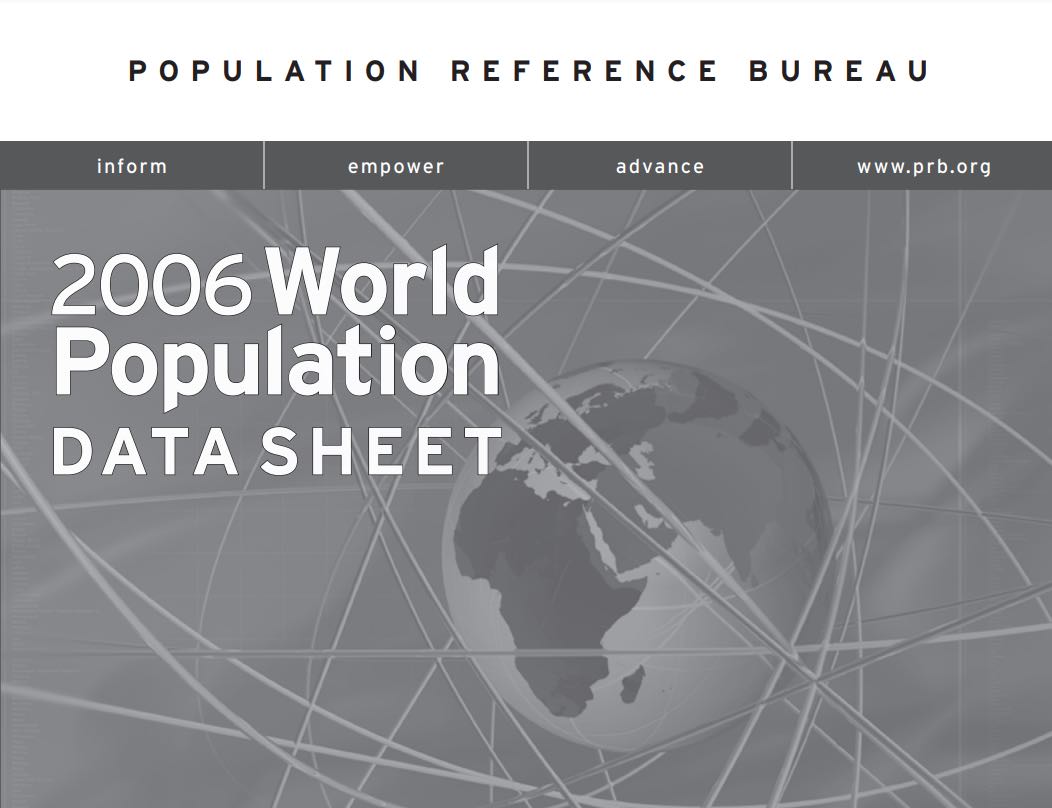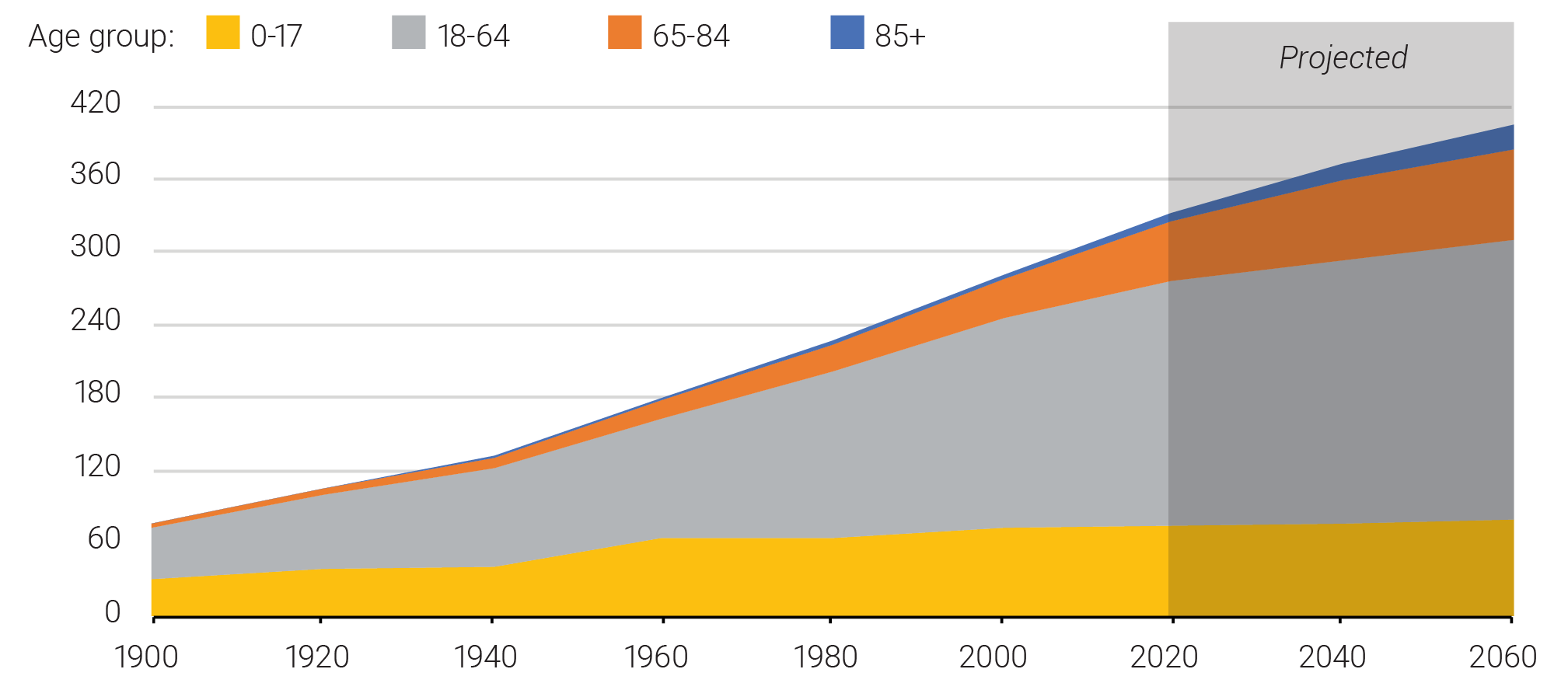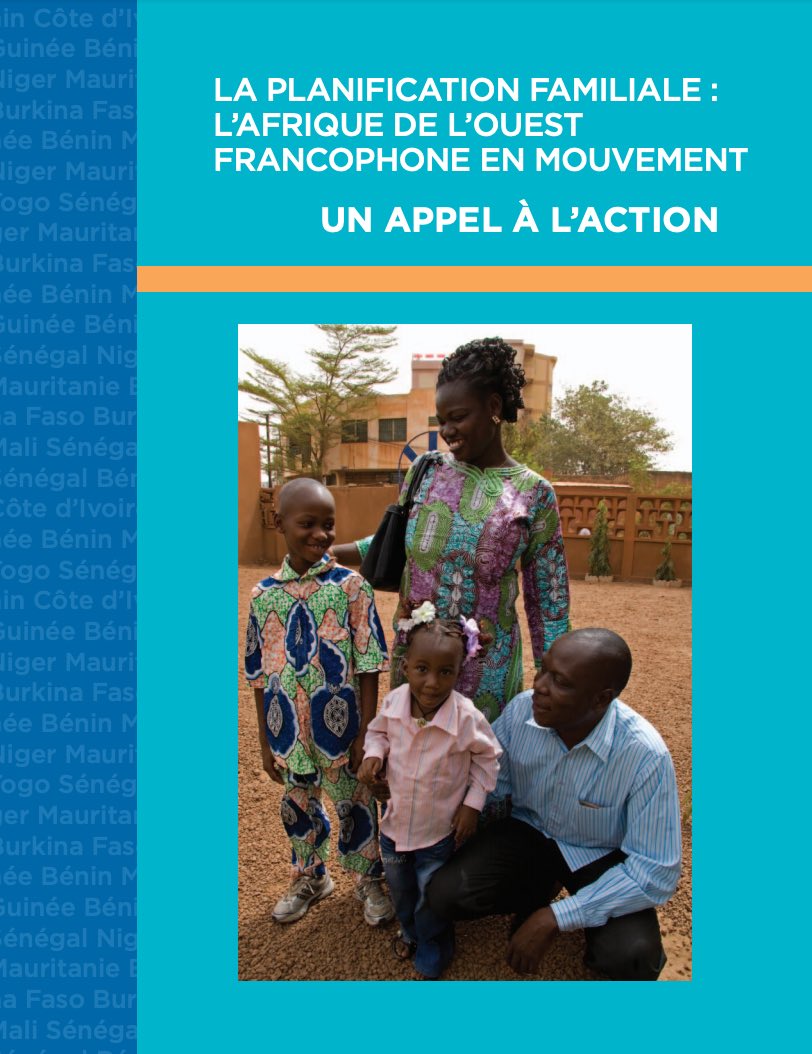Project: Center for Public Information on Population Research (CPIPR)
Using Technology to Prevent Dating Violence and Improve College Safety
(2016) As many as one in every five teenagers and college students will experience some type of violence in intimate relationships or be the victim of stalking. Campuses across the United States are struggling with ways to support students and to stem potential abuse.







